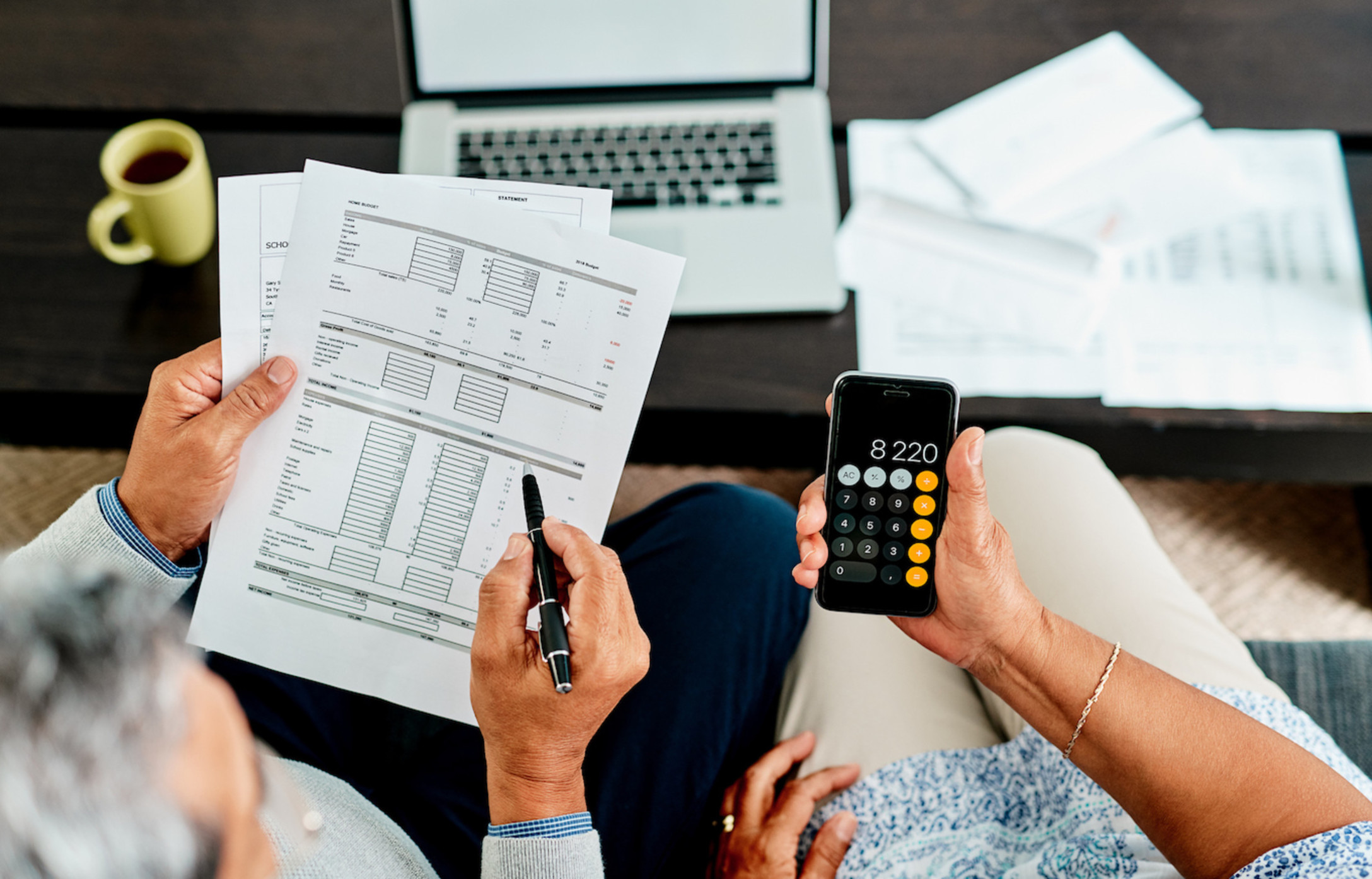
I started learning to invest and aggressively saving for my retirement a decade ago. I'm close to my FIRE (Financially Independent, Retire Early) goal.
But before that, I was a 20-something typical over-spender, pulling that plastic out for coffee, drinks, lunches, happy hours, movies, cheap makeup, shoes, jewelry, clothing, and anything I wanted.
Then after a slow and steady personal finance journey, a no-spend day is what most days are for me. Here's what that looks like and how I've been able to maintain it for years.
Small Goals Ripple Into Big Life Changes

A typical day in my mid-20s looked like this: I'd wake up after hitting the snooze button twice, I'd rush to brush my teeth and put on my makeup, then I would dash into my car and speed my way through traffic to work.
I would put my purse on my desk, grab my phone and credit card and head to the nearest coffee shop. I would order a coffee with sufficient room for cream and sugar.
At lunch, I would order from whichever restaurant offered what I was craving. Thai? Italian? Chinese? Burgers? Tacos? Sure … why not? During that time in my life, I believed it was impossible not to spend money on coffee and lunch.
Then I had an epiphany about my financial situation that was triggered by losing a chunk of money due to a poor decision I made with an ex-boyfriend.
I started with a small change in my lifestyle: coffee. Specifically, I spent $20 on a coffeemaker. I wanted to start brewing my own cup of joe at home.
But in order to do that, I had to stop hitting snooze every morning. This meant I had to go to bed earlier. I set my alarm for 10 minutes earlier and actually got up when it went off. This gave me ample time to make coffee.
And after many months of doing this, I began preparing the coffee the night before so that I only needed to press the button when I got up. I used the extra time in the morning to pack my own lunch.
Now that I'm a mom in my late 30s, the kids have replaced my alarm clock, but I still almost never buy coffee or lunch.
I Aimed for One No-Spend Day Per Week

If you were to ask me 10 years ago if I could have a no-spend day, I would have rolled my eyes and scoffed.
I justified my behavior by telling myself that $5 or $10 each day won't break the bank. For instance, if I wanted to buy a new cheap mascara, a trendy top, or a soda, I would treat myself because I believed I deserved it. I worked hard for my money. All I had to do was click, swipe, or tap. Easy peasy.
But after mastering my coffee-at-home habit, I wanted to expand my goals and aim higher. I had already seen a small increase in my savings and felt confident to challenge myself.
So I aimed to do a no-spend day once a week. To be honest, it was easier than I thought. I refrained from going into shops or surfing my favorite online stores. After accomplishing that for a few months, I started increasing it to two days per week, and so forth.
After many years of doing that, I now only remember my spending days. On the rare time that I order something from Amazon, I'm always super amazed at how fast it appears in the mail.
I Implemented the Three-Question Rule Before Every Impulse Purchase

Lastly, I created a three-question rule whenever I wanted to buy something. I asked myself the following:
- Do you need this?
- If yes, buy it.
- If not, would owning this give you joy?
- If yes, how long would the joy last?
- If more than 12 months, buy it.
- If less than 12 months, wait 24 hours to reassess how you feel.
Ultimately, no-spend days aren't as scary as they seem. But it's important to note that no-spend days aren't a solution to financial debt and stress.
Just like how we are patient with our children when they're learning to tie their shoes or potty train, we need to have patience with ourselves as we take time to change our habits, adapt, and transform our behavior toward financial independence.




